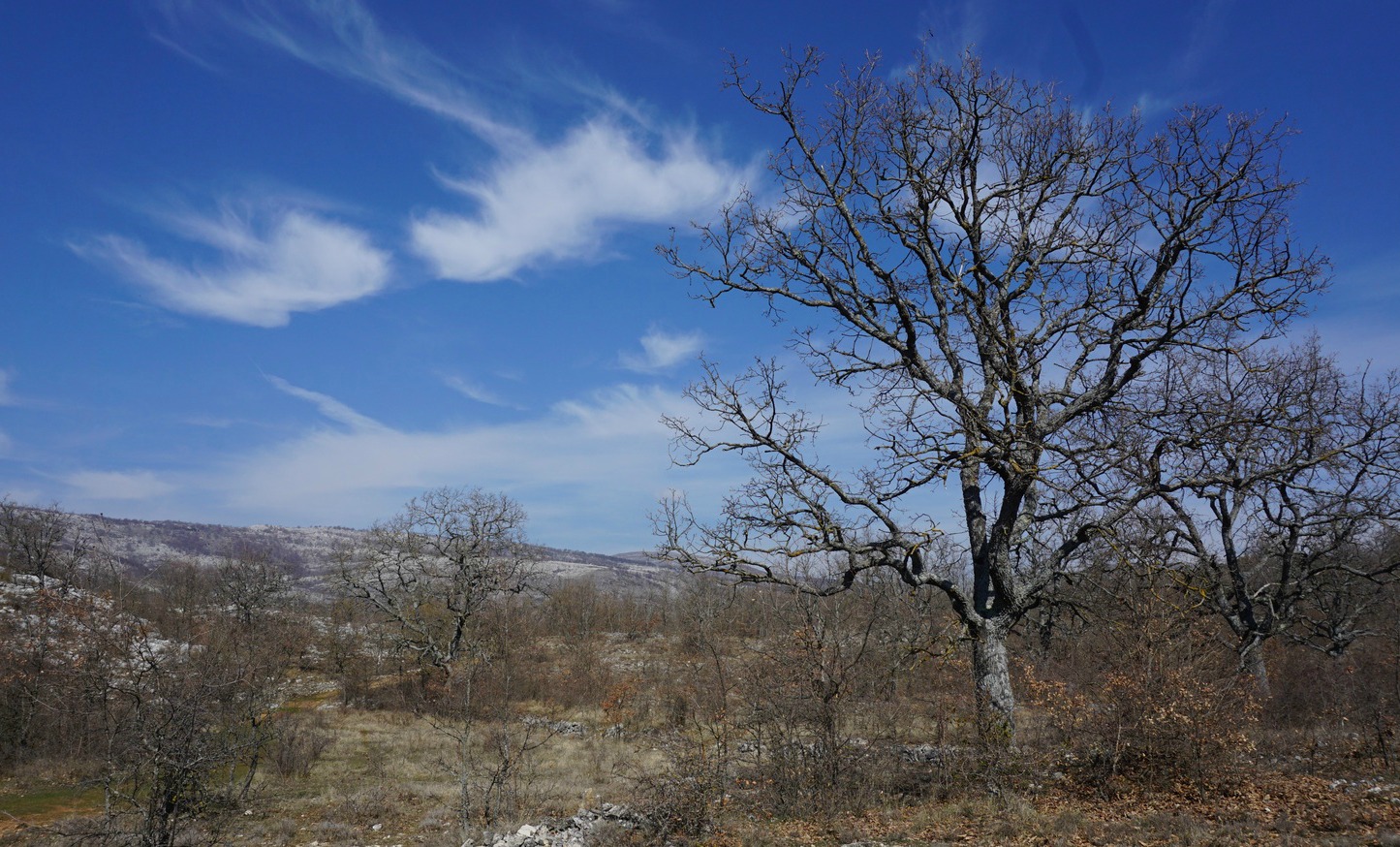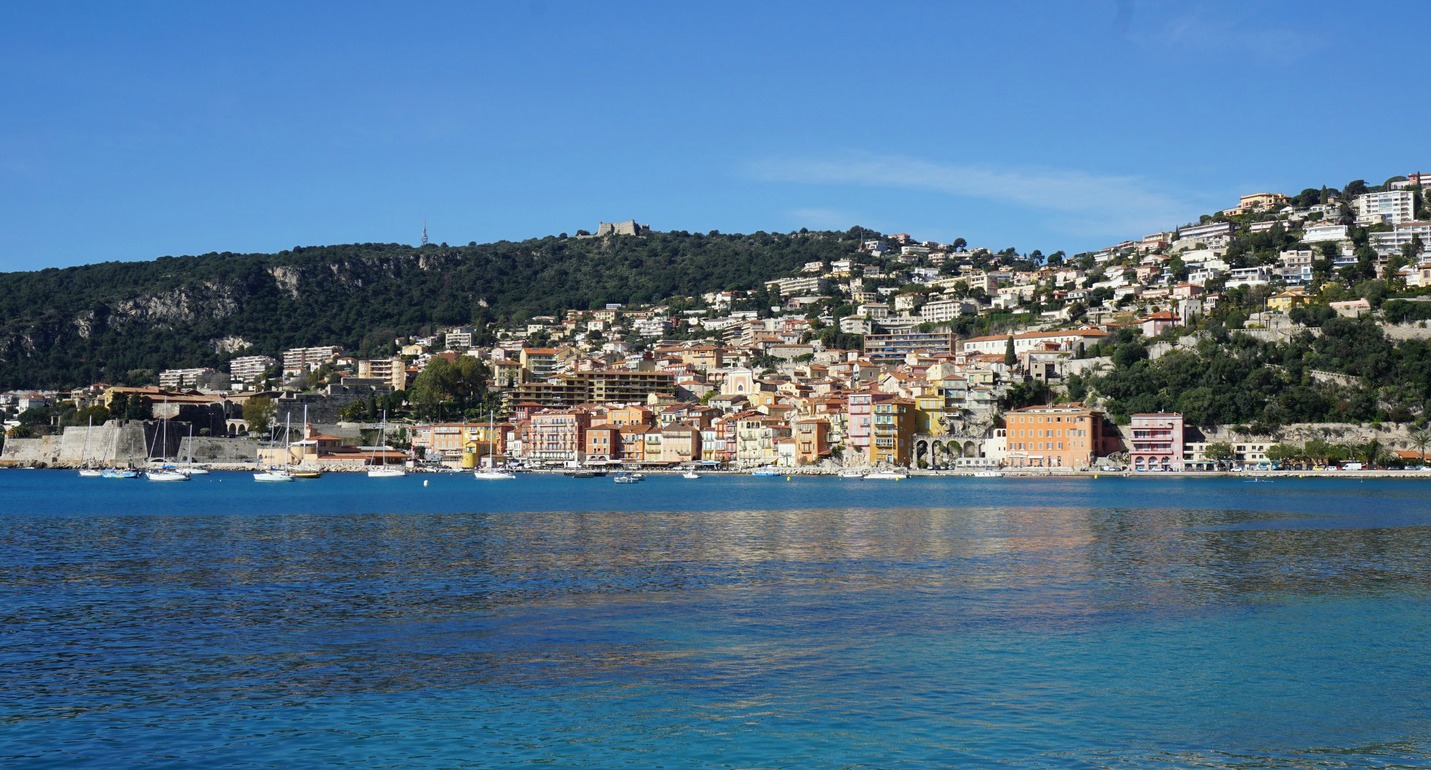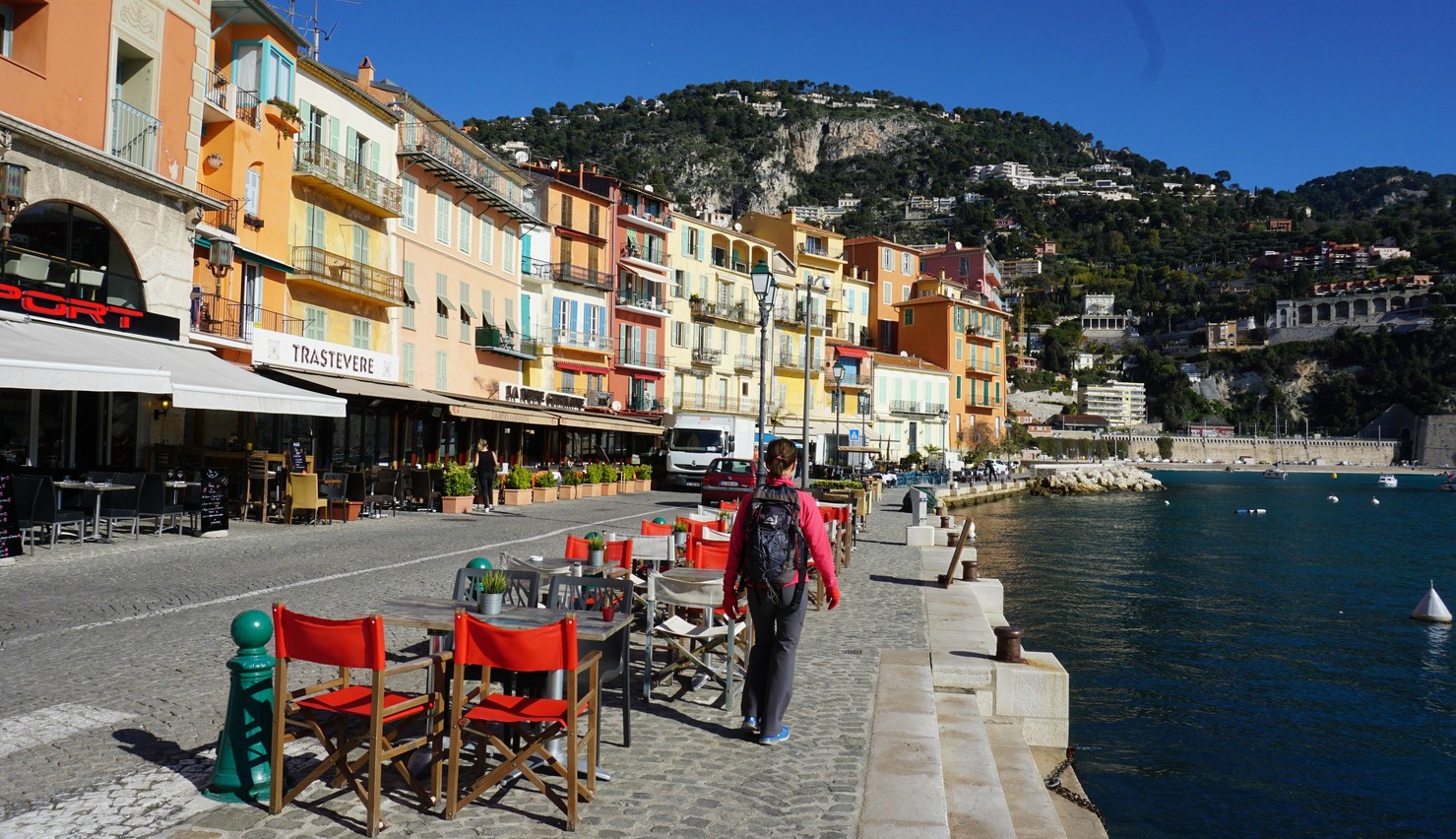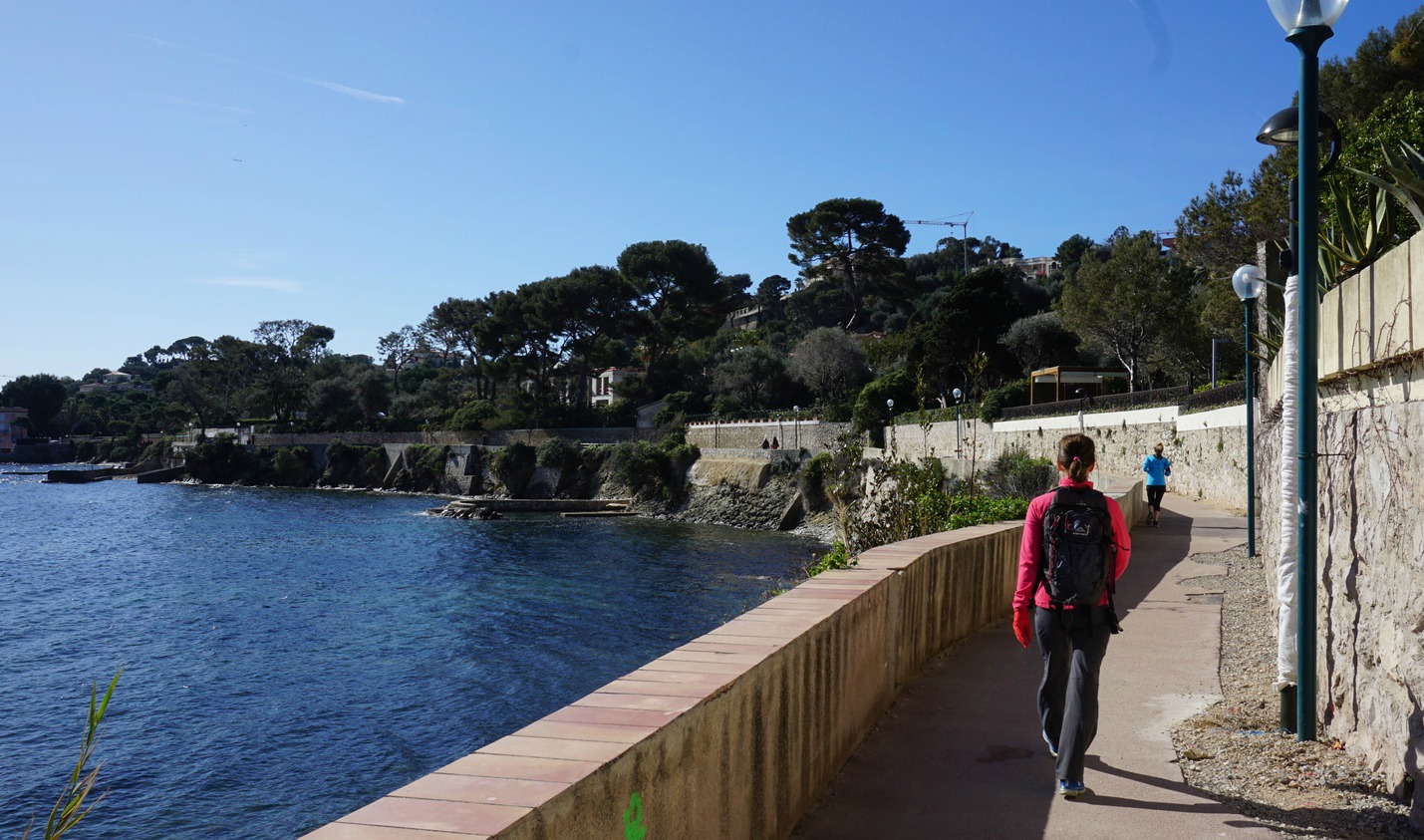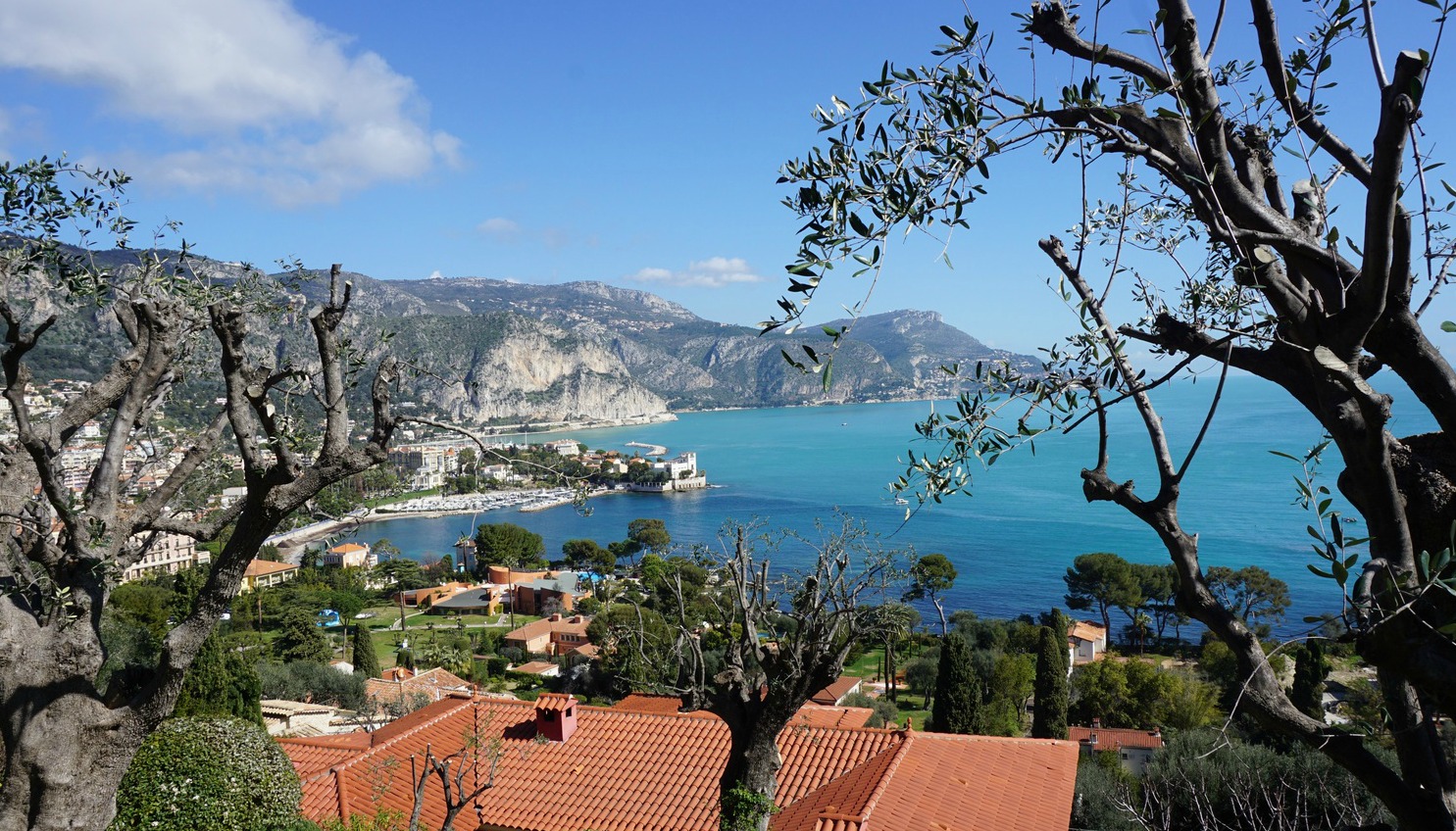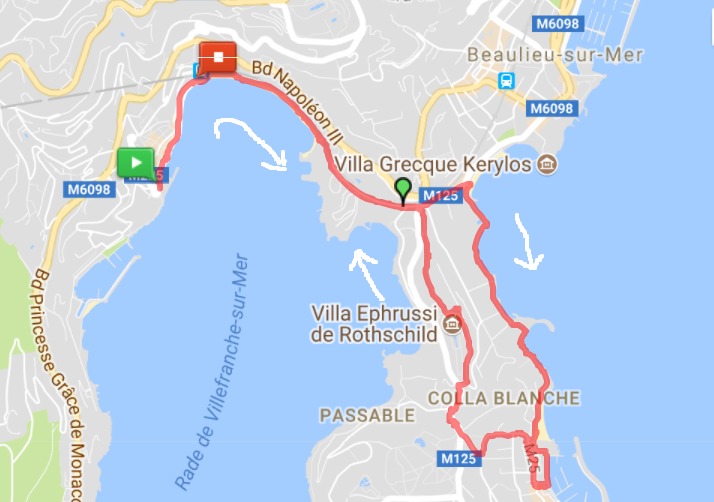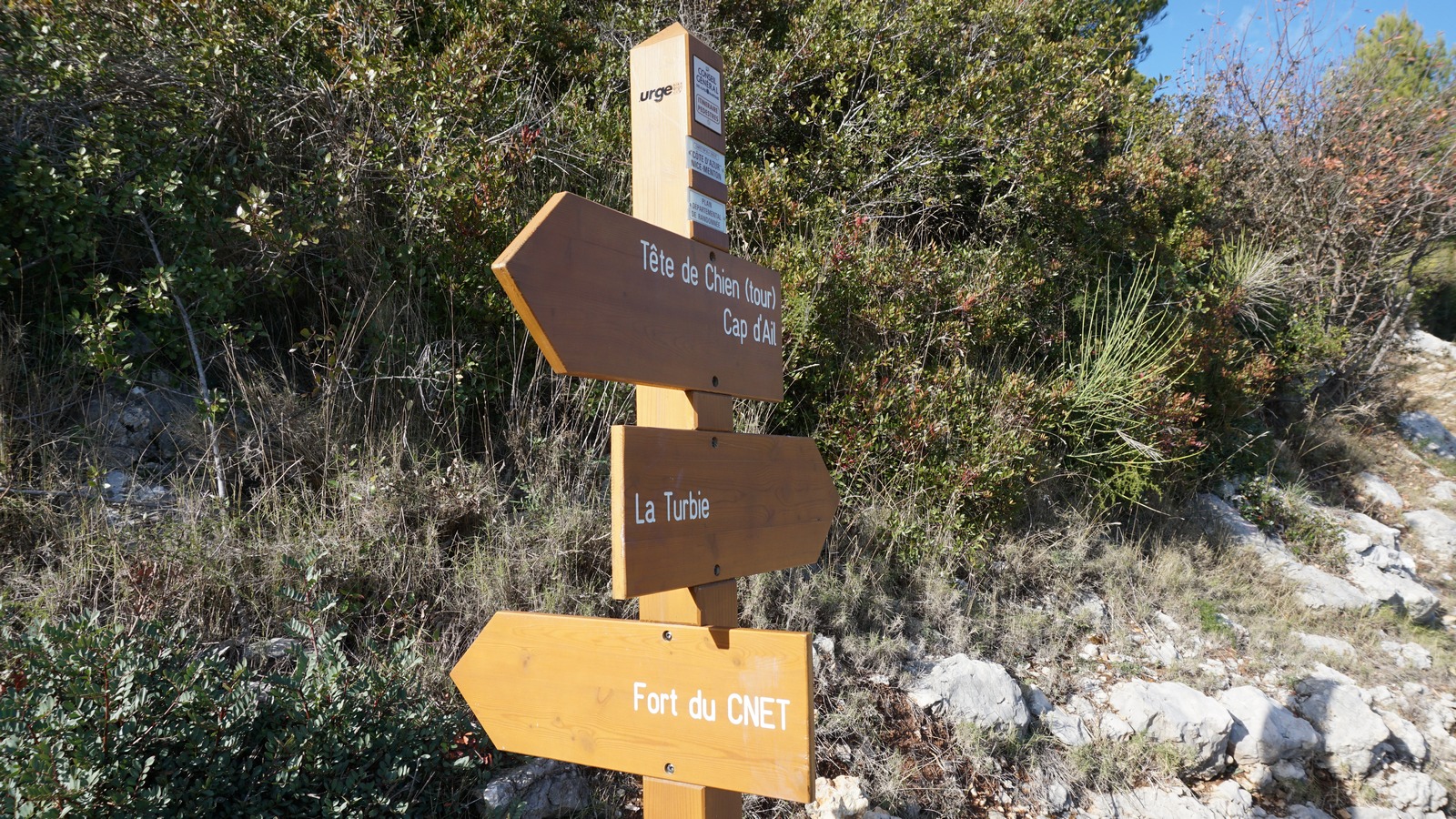Visiting Chateau de Berne and Ch. Roubine vineyards
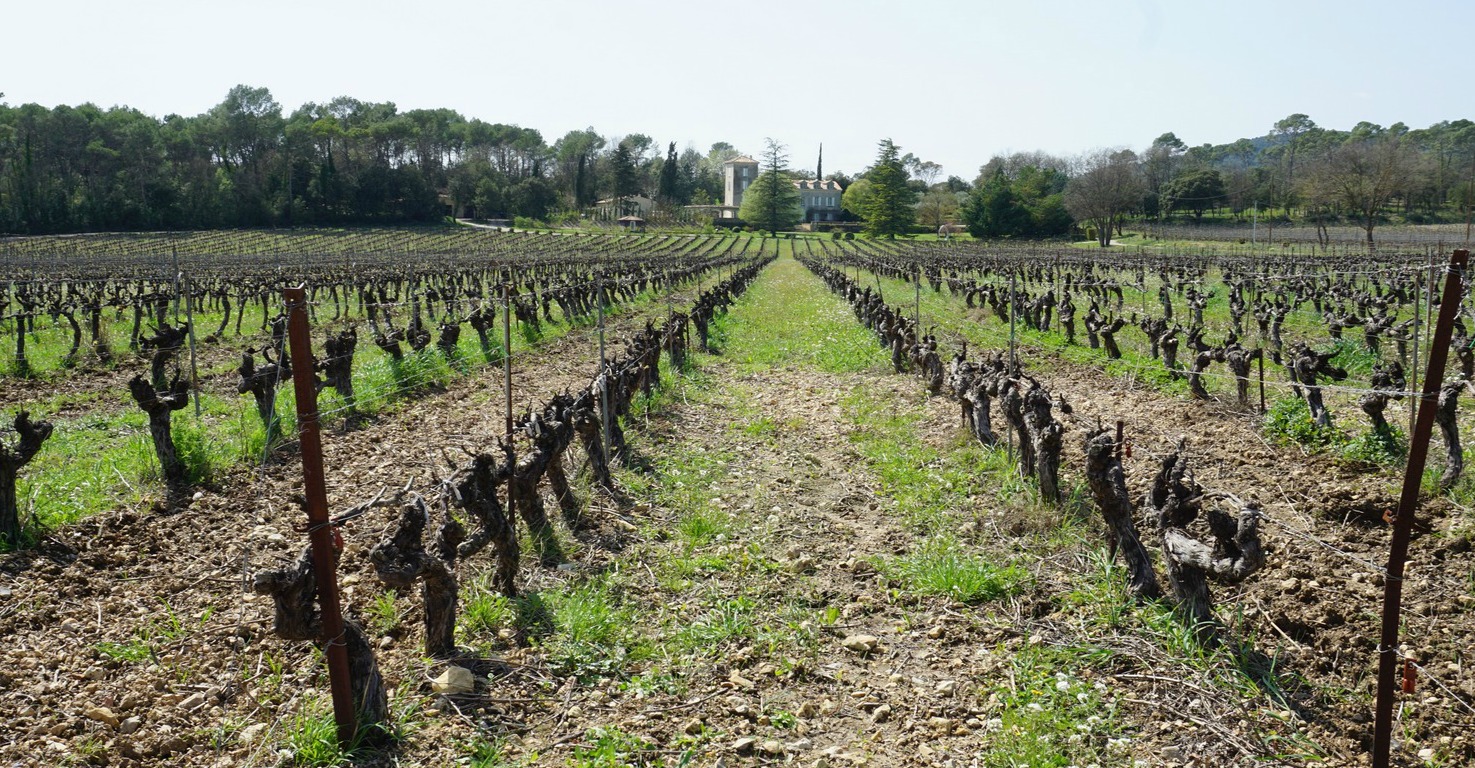
Our first stop was Château de Berne near Lorgues. We drove through Lorgues following signs to the Château. After a rather long drive along a narrow and winding road we suddenly saw the impressive domain in front of us. The domain has not only a vineyard, but also a 5-star spa hotel, a swimming pool, a bistro, a gourmet restaurant, and of course a wine shop. Various physical activities are offered. Their wine cellar produces 750000 bottles a year.
As many regions, including Paris, had school holidays, we had reserved a table in the bistro. The reservation was conveniently done online.
It was a warm and sunny spring day, and we were happy to sit outside. We all chose Formule de semaine which offered two choices of the first course and main course, then dessert or coffee. We opted for Caesar salad with giant shrimps followed by cod with red wine sauce and vegetables. Both dishes were exquisitely prepared and Berne’s rosé went very well with them.
After lunch we did some wine shopping. We have previously tasted their rosé which has always been fresh and fruity, but we were not so keen on their rectangular bottles. Luckily they had one rosé, Les Oliviers, in classic round bottles. It turned out to go very well with typical Provençal summer dishes back home, and at about 9€ per bottle was good value for money.
Our next stop was Château de Roubine between Lorgues and Draguignan. This 75-hectare vineyard has a long history; it has been known since 1307 when the Templar Knights sold it to the Order of St. John of Jerusalem. Later, various great Provençe families were the owners. From 1955, the Ministry of Agriculture awarded the title “Cru Classé” to the production of the domain. The vineyard is now owned by an ambitious couple making typically Provençal elegant wines. They export to 40 countries and have recently acquired the 50-hectare Ste Béatrice vineyard nearby. As a reminder of previously Monegasque ownership, many Ste Béatrice bottle labels continue to sport the coat of arms of Monaco.
It was easy to find their no-nonsense wine shop and vineyard by the D562 road. We were already familiar with their red Premium Cru Classé, about 15€ per bottle. As it is a bit hard to find in Nice, it was our natural choice.
We made a leisurely stroll in the vineyard following loosely the sentier vigneron, a footpath with information about their production, grape varieties etc. It was only us and the workmen in the vineyard bordered by pines, oaks, and the old castle surrounded by a garden.



















